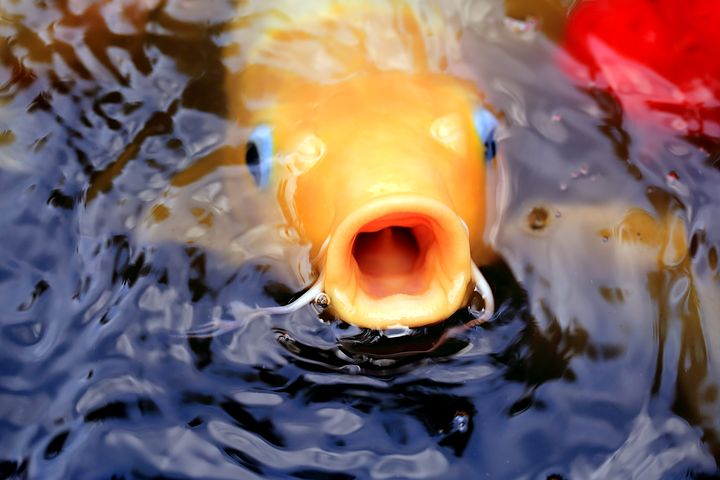Quinaldine
Quinaldine is a yellowish, oily liquid with limited water solubility that must be dissolved in acetone or alcohol before it is mixed with water.
While it is an effective anesthetic, it is an irritant to fish, has an unpleasant odor, and is a carcinogen.
The low cost of quinaldine has made it a popular tool for collecting tropical fish for the aquarium trade, as well as in the bait and sport fish industries.
Quinaldine sulfonate is a pale yellow, water-soluble powder; it is more costly than quinaldine or MS-222.
Quinaldine solutions are acidic and are usually buffered with sodium bicarbonate.
Induction takes 1 to 4 minutes and may cause mild muscle contractions. Recovery is usually rapid.
The effective treatment concentration of quinaldine solutions varies with species, but is generally 15 to 60 mg/L. Grass carp (ctenopharyngodon idella) lose equilibrium within 5 minutes of exposure to 15 mg/L. However, quinaldine concentrations of 50 to 1,000 mg/L were required to completely anesthetize tilapia.
Quinaldine may not produce the deep anesthesia needed for surgery because some reflex responsiveness is usually retained. Higher doses (150 mg/L) have been used for surgical procedures, but quinaldine is not usually recommended for these procedures.
Fish under full quinaldine anesthesia normally do not stop their gill ventilation so are not as susceptible to asphyxia from respiratory arrest as they are with MS-222.
In general, the potency of quinaldine is higher in hard water and warm water.
Quinaldine is not approved by the FDA for use on food fish in the U. S.






